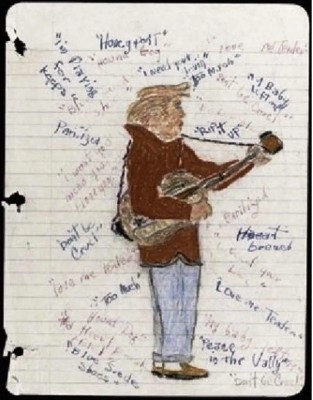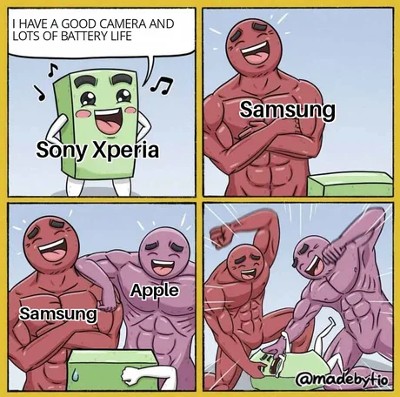United States and Soviet Union Shake Hands: The Apollo-Soyuz Mission
In an unprecedented event, NASA and the USSR made history by joining forces in the Apollo-Soyuz Test Project, a symbol of Cold War détente and international cooperation. This mission marked the first time American astronauts and Soviet cosmonauts worked together in space, culminating in an awe-inspiring handshake that captured the world's imagination.
Soyuz 19 Takes Off
The journey began on July 15, 1975, at 8:20 a.m. EDT when Soyuz 19 launched from Baikonur Cosmodrome in Kazakhstan. Onboard were Soviet cosmonauts Alexey Leonov and Valery Kubasov, veterans of the Soviet space program. The Soyuz spacecraft, a sturdy and reliable workhorse of the Soviet fleet, began its ascent, carrying the hopes of a nation and the eyes of the world.
Apollo Follows Suit
Just hours later, at 3:50 p.m. EDT, the American counterpart took to the skies. The Apollo spacecraft, atop the Saturn IB rocket, blasted off from Kennedy Space Center in Florida. Its crew consisted of astronauts Thomas Stafford, Vance Brand, and Donald Slayton, all experienced and ready for this groundbreaking mission. The stage was set for an encounter in orbit that would make history.
Rendezvous in Space
Orbital Adjustments
For the next two days, both spacecraft performed a series of precise orbital adjustments to ensure a successful rendezvous. On July 17, at 12:12 p.m. EDT, the Apollo and Soyuz spacecraft achieved a hard-dock high above the Atlantic Ocean. The docking maneuver was a testament to the skill and precision of both space agencies.
Historic Handshake
At 3:17 p.m. EDT, the hatches between the two spacecraft opened, and astronauts and cosmonauts greeted each other with smiles and handshakes. This momentous occasion, broadcast live on television, was a powerful symbol of peace and cooperation. Soviet Communist Party General Secretary Leonid Brezhnev and U.S. President Gerald Ford called to congratulate the crews, emphasizing the mission's significance.
Joint Activities
A Day of Cooperation
The following day, the crews continued their historic collaboration. Brand joined Kubasov in the Soyuz, while Leonov spent time aboard Apollo with Stafford and Slayton. They conducted scientific experiments, gave tours of their respective spacecraft to TV audiences, and shared meals, demonstrating that space exploration transcends political boundaries.
Signing the Certificate
In a poignant moment, Valery Kubasov signed a joint certificate commemorating the mission, alongside his American counterparts. This document symbolized the unity and shared purpose of the two spacefaring nations.
Farewells and Final Maneuvers
On July 19, after final speeches and gift exchanges, the crews bid farewell. The last handshakes were exchanged, and the hatches were closed. At 8:02 a.m., the spacecraft undocked, but not before Apollo blocked the sun, creating a human-made eclipse, a sight never seen before.
The spacecraft docked once more briefly before the final separation at 11:26 a.m. Soyuz 19 remained in orbit for an additional day to conduct life-science experiments, ultimately landing successfully on July 21 near Baikonur Cosmodrome, marking the first televised Soviet mission landing. Meanwhile, Apollo stayed in orbit to perform space-science and Earth-observing experiments. On July 24, Apollo splashed down in the Pacific Ocean west of Hawaii, concluding the last planned ocean landing for U.S. human spaceflight.
The Apollo-Soyuz Test Project was more than a technological and scientific achievement; it was a powerful symbol of what humanity could accomplish through collaboration and goodwill. In the midst of the Cold War, this mission demonstrated that even the fiercest rivals could come together for the greater good.
The handshake in space between Stafford and Leonov became an enduring symbol of peace and cooperation, paving the way for future international collaborations in space exploration. It showed the world that beyond our geopolitical differences, we are all inhabitants of the same small planet, capable of achieving great things when we work together.
Get Free Gifts & Best Stories!
Join our newsletter to get our top stories of the month and free merch.
- 📚 Cool Stories: Read stories you won’t find in textbooks.
- 🎁 Free Gifts: Get exclusive stickers, t-shirts, and more!
Only 1 email a month. No spam, we promise!

